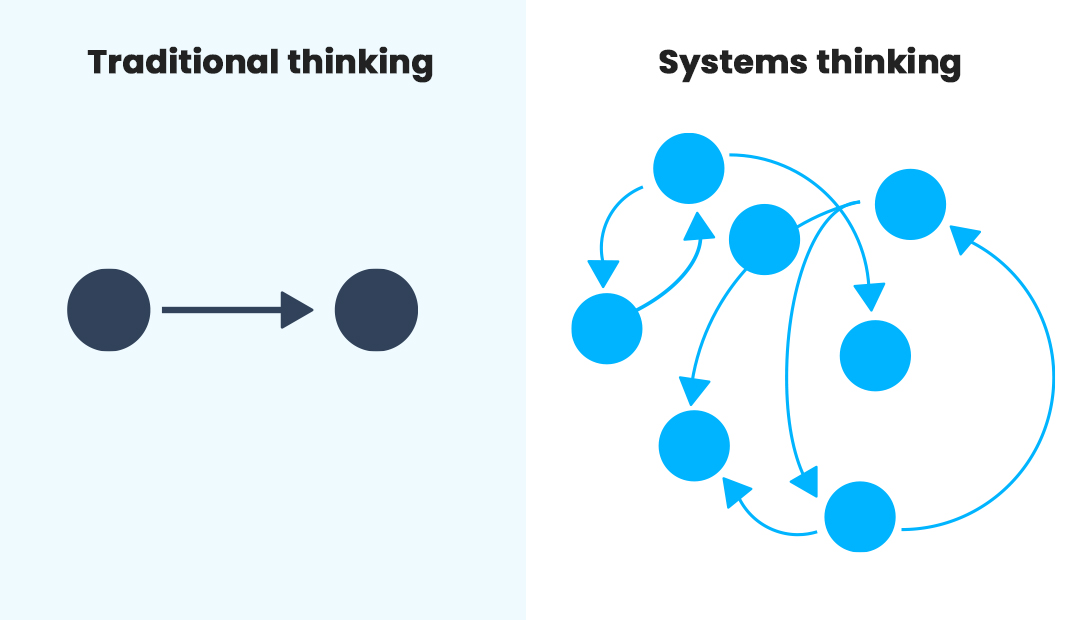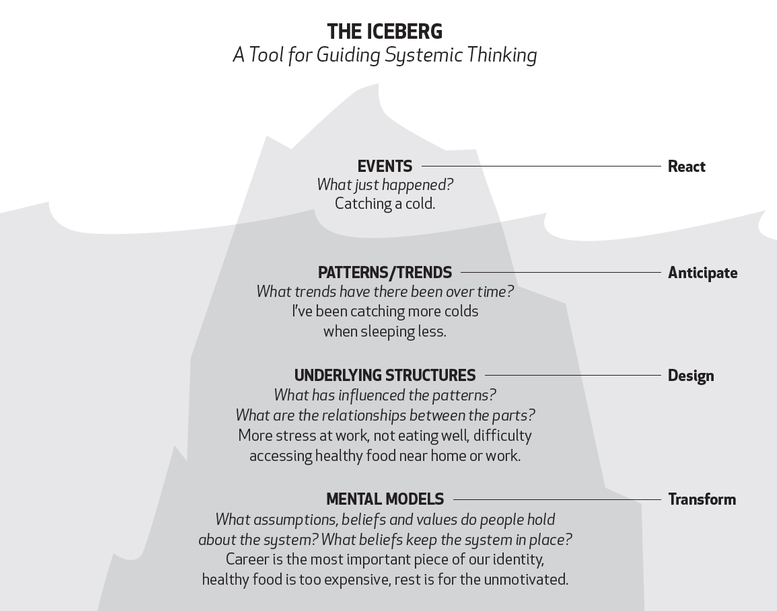The art of leading a team has often been referred to as “herding cats,” which is as funny as it is apt.
I know it’s a cliche, but quite often I do feel that the job of a project manager is to herd cats. However, I like cats and I’ve found that herding them is a whole lot easier when you apply System Thinking.

Curiosity definitely will not kill the cat
Although there are many inherent traits to a system thinker, I believe curiosity and an inquisitive nature are the most important and yield the highest payoff. Using all the traits and tools of system thinking, you can build and manage a successful project or process from the ground up, discovering the best solutions all along the way.
SSDM is all about the process, and our team welcomes the idea of looking at projects in a more systematic manner. When you have a lean, agile, and system-thinking team, you can get more done faster and who isn’t a fan of that?
Thinking systematically
Maybe you have a project that doesn’t require much tinkering or present you with any head-scratching questions. Great! You may not be required to put on your system thinking cap with each and every new project or problem that comes your way.
However, when a new process needs to be built or edited or there’s a complex problem you need to solve, system thinking can help streamline your team while placing emphasis on the main goals and priorities.
You do not need to be a subject-matter expert to be able to unearth and solve complex problems. You just need to be comfortable throwing out assumptions and biases in order to take a holistic approach and see the big picture.
The ability to solve problems – especially complex problems – systematically, is a life skill that can serve us well both in business and in life.
Yin + yang
Nothing we do happens in a vacuum. As with any ecosystem, interdependency is the key to a smooth-running operation, with each function feeding another.
This is the foundation of system thinking. By looking at a project or problem through this lens, we can see that each person who touches a task or contributes to a project catalyzes another portion of the whole.

As a project manager, this continuous momentum provides constant feedback and helps to inform scope, next steps, timelines, and budget considerations, all of which are key factors in any successful project. And, as each project or problem is unique, its interconnectivity invites customization for a successful process.
Teams are ecosystems
A team is no different. It is a living, breathing entity, so it requires a leader who is confident and comfortable with experimentation. A respectful contrarian, if you will, who understands the benefits of playing devil’s advocate to get to the heart of the matter.
Someone who has an ear to the ground in order to identify problems and quickly snuff them out. A team leader who looks for the lesson in every failure in order to enrich and refine the process.
Being naturally inquisitive has helped to shape my project management style as a team leader because it is super important to always be asking, talking, and communicating.

Image from Ecochallenge.org
Putting the philosophy into practice
The holy grail for a system thinker is “ultimate optimization.” In a utopian world, this would be a project that is properly scoped, perfectly communicated, beautifully designed, and efficiently executed.
Real life doesn’t work that way. Linear, cause-and-effect thinking will certainly stunt a project’s progress. When we welcome lessons learned from failure and practice a constant synthesis of thought, system thinking can help to ensure project success.
The moral of the story is this: For any project blueprint where you apply a process, a timeline and resources to brand goals, marketing goals and tech needs, multiplied by platform, tools and user experience, system thinking helps you prepare for everything in between.
System thinking allows you to take a jumbled mess of things, pull it apart, and put it all back together again. By applying a “synthesis” mindset and looking at all the parts and the whole at the same time, nothing seems impossible, in a production environment and in life.






